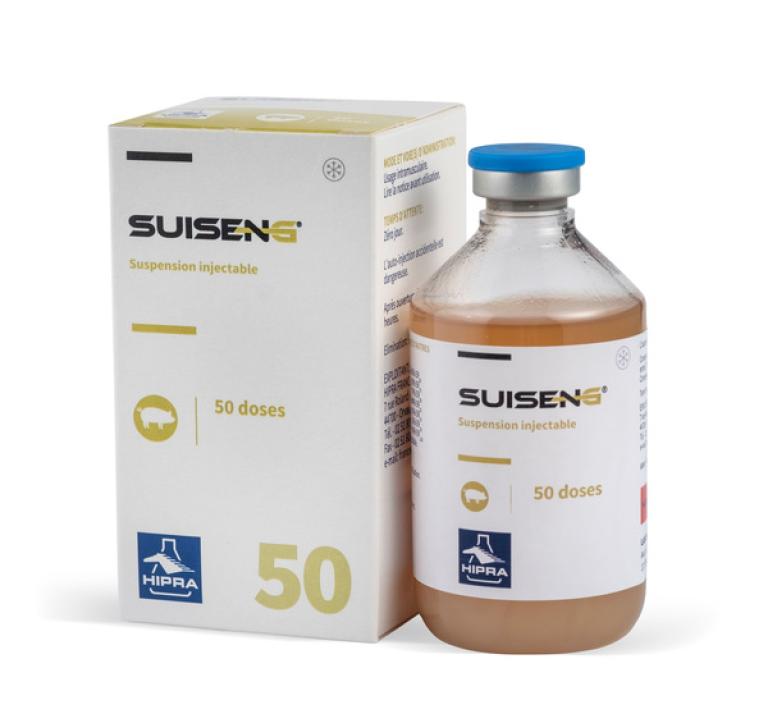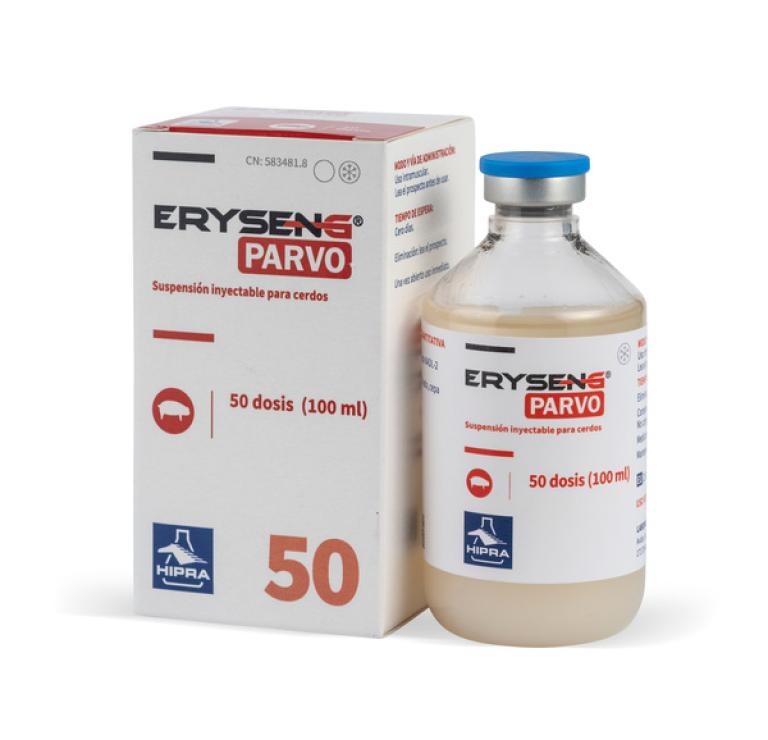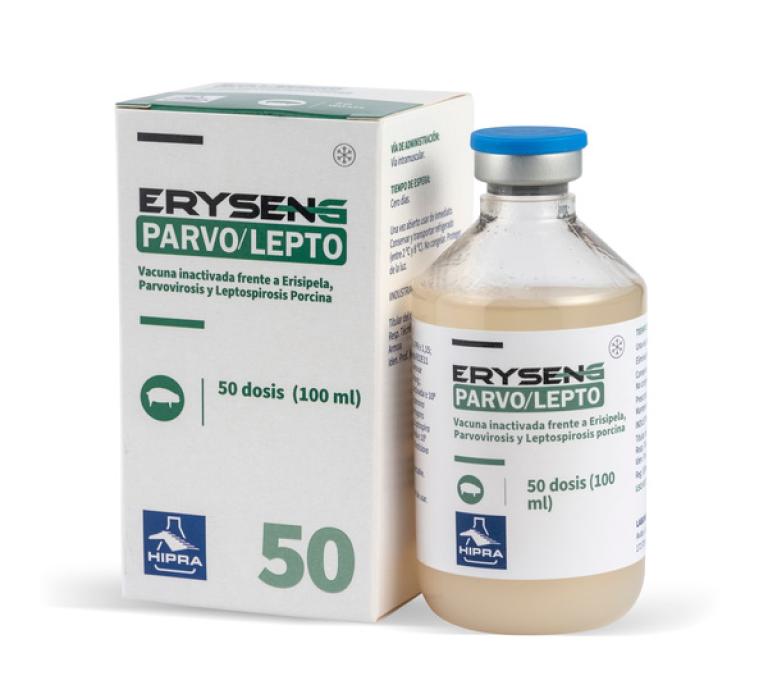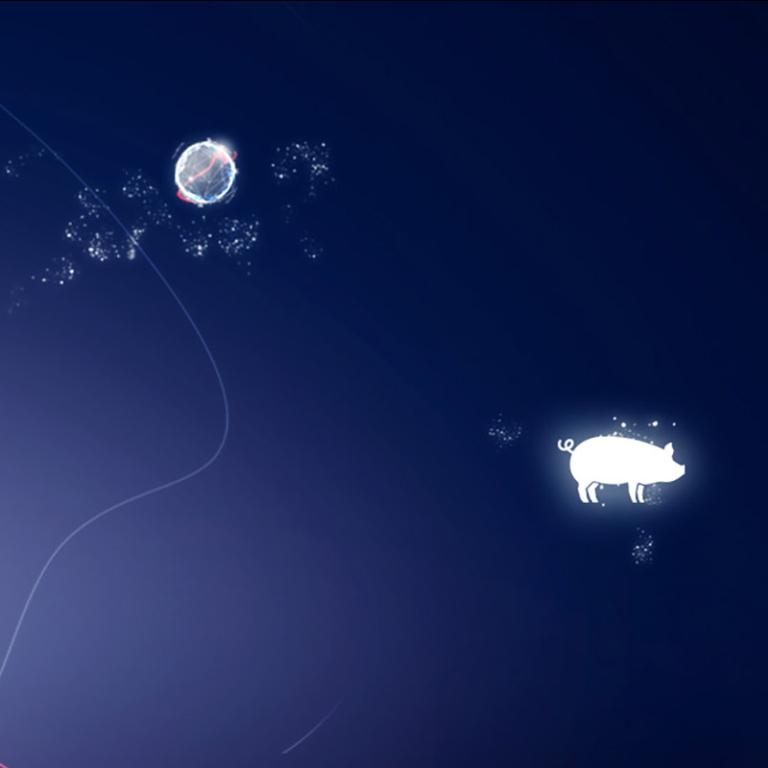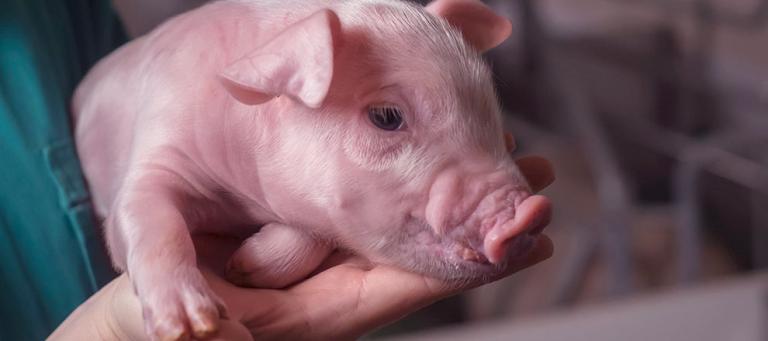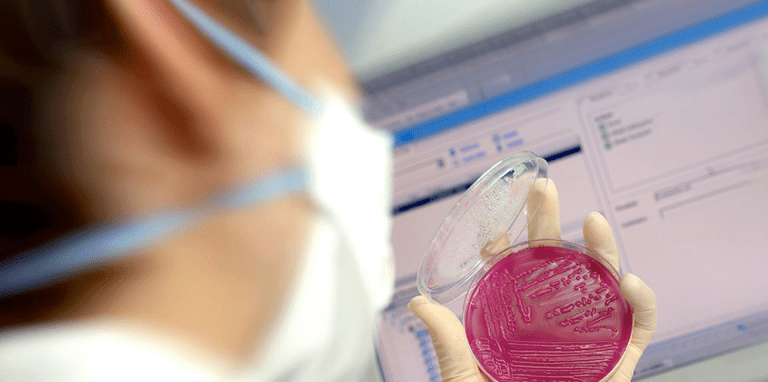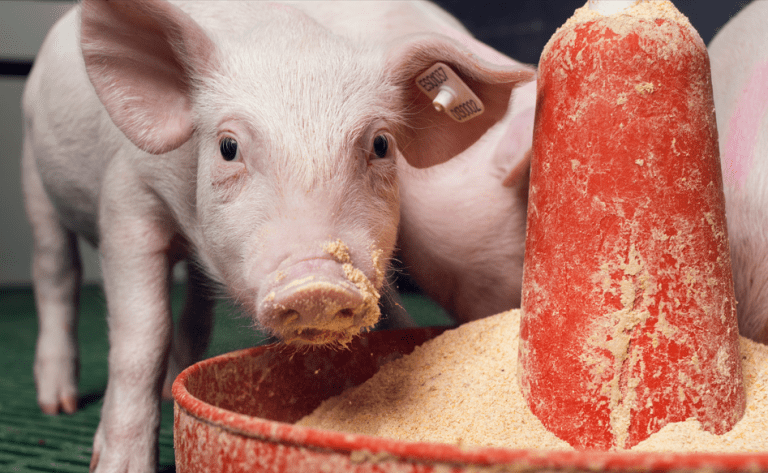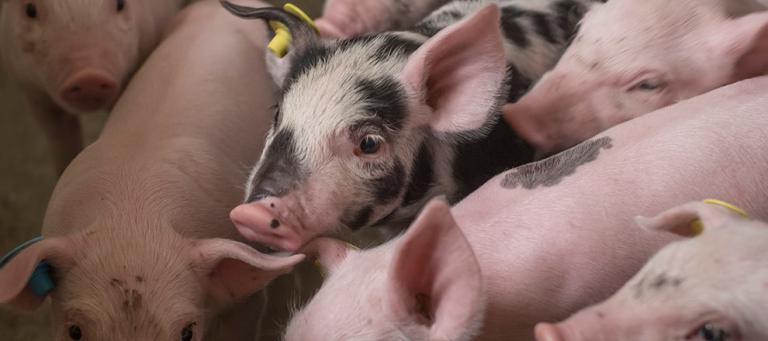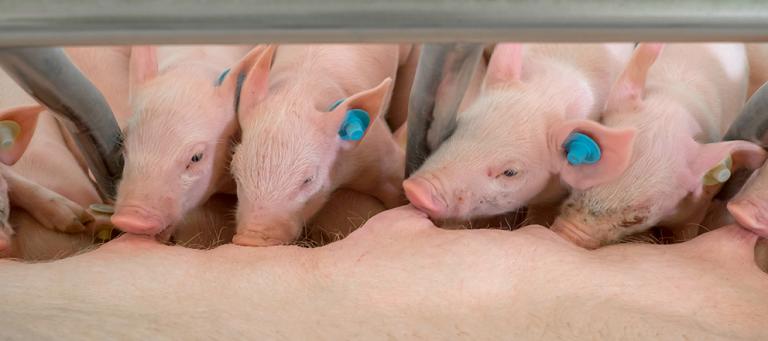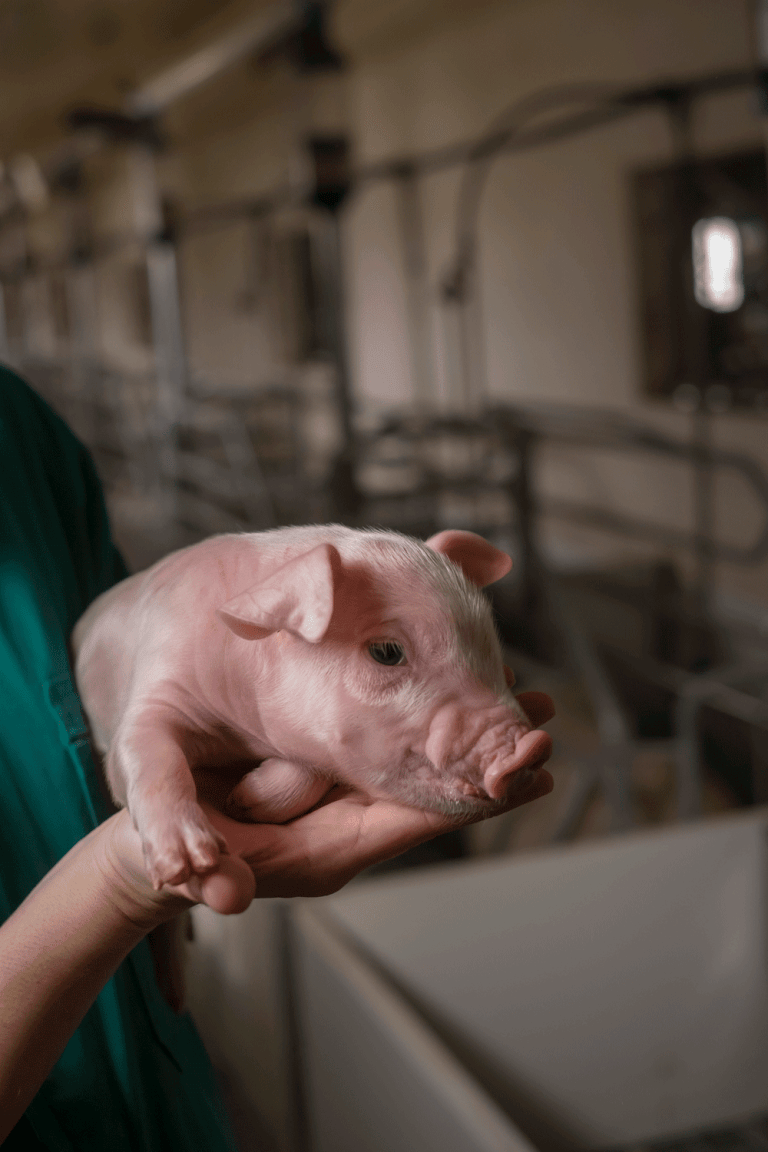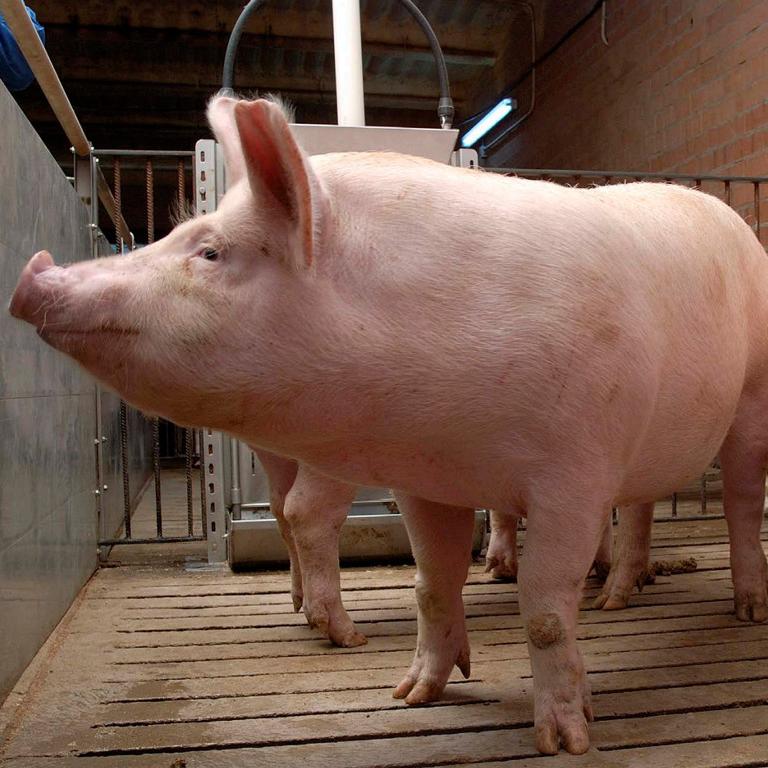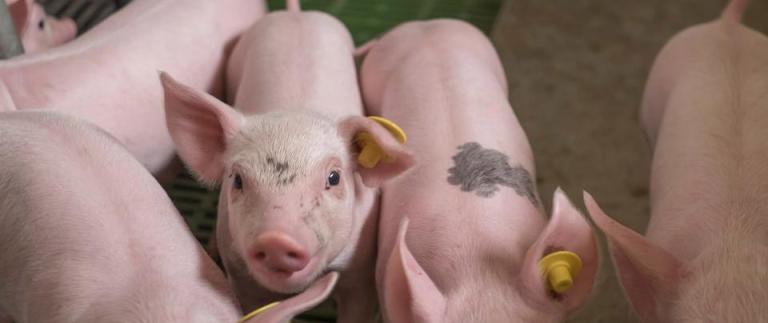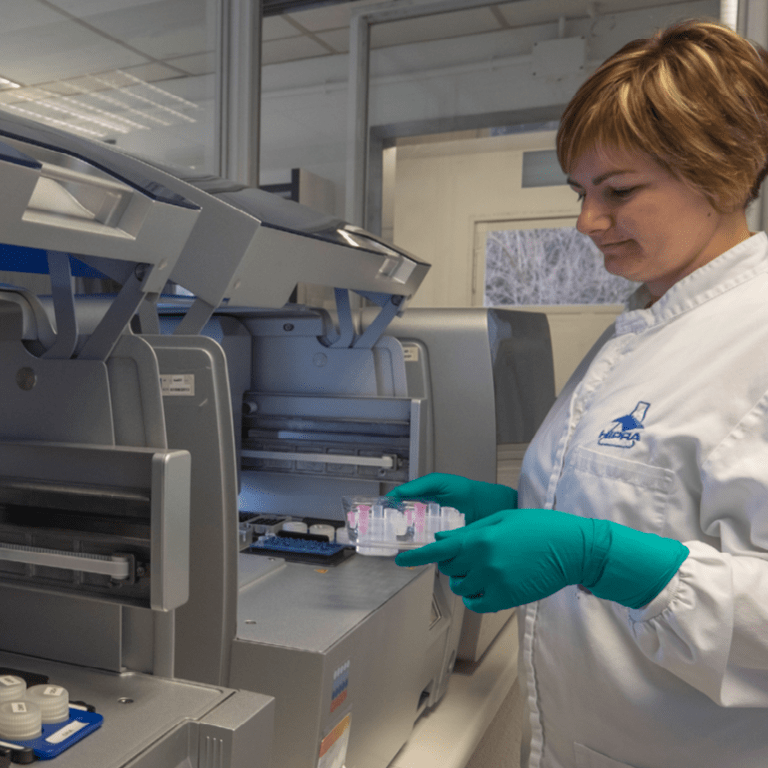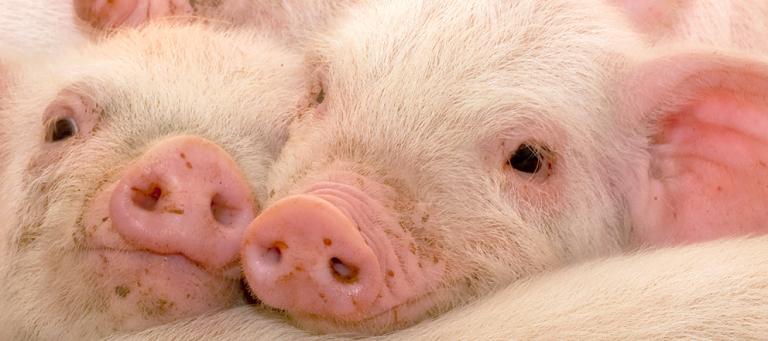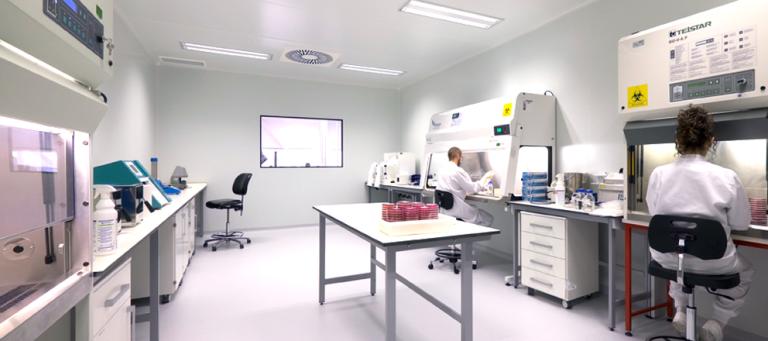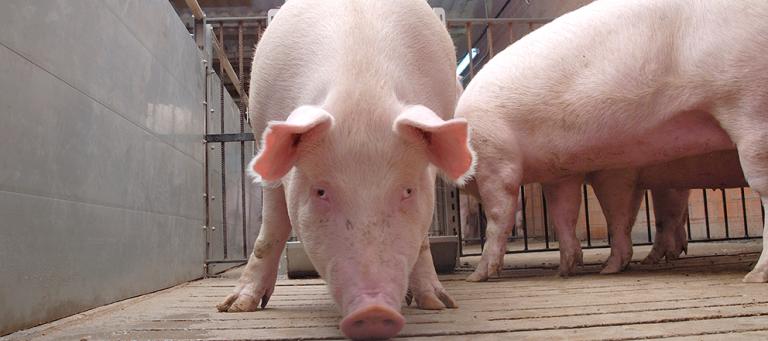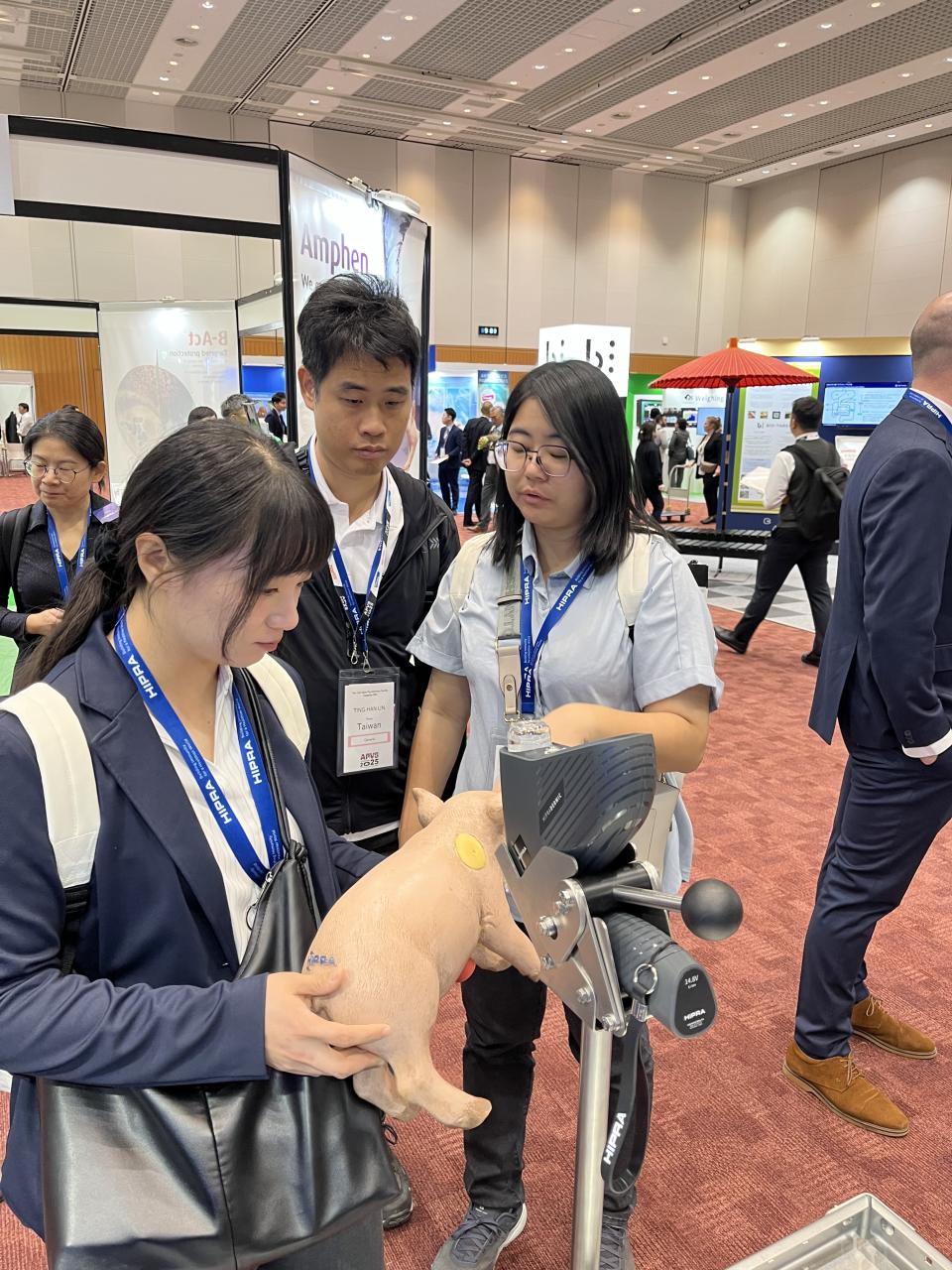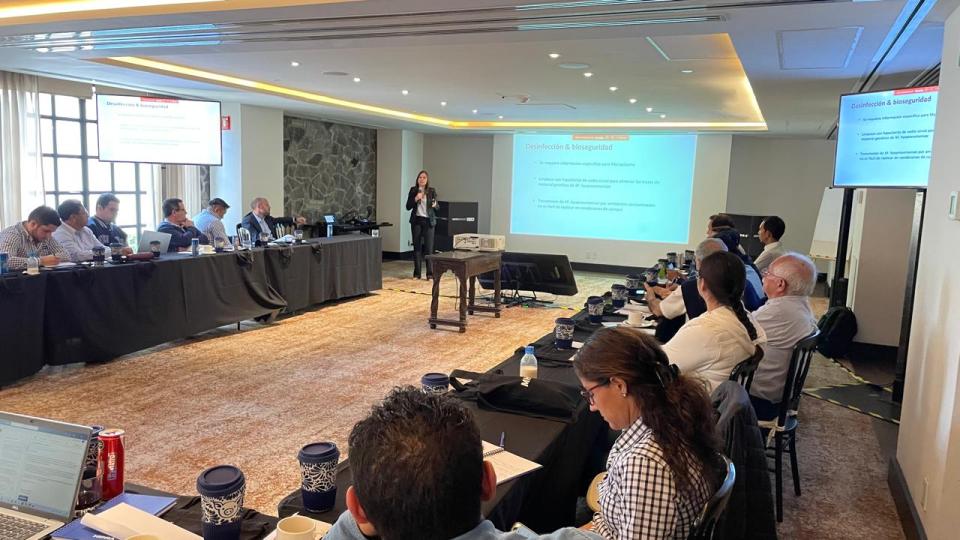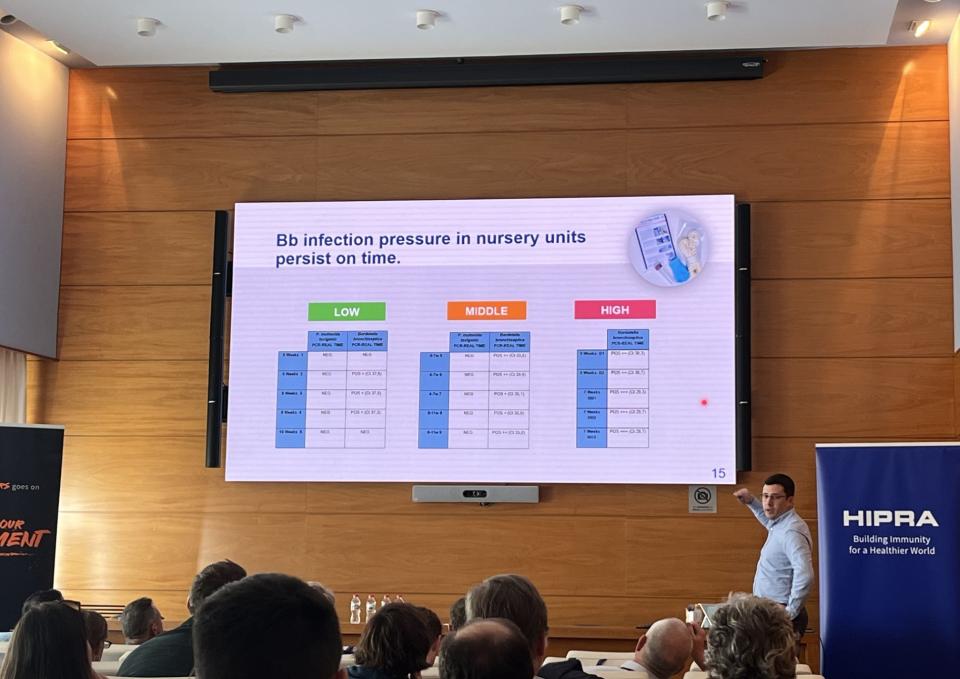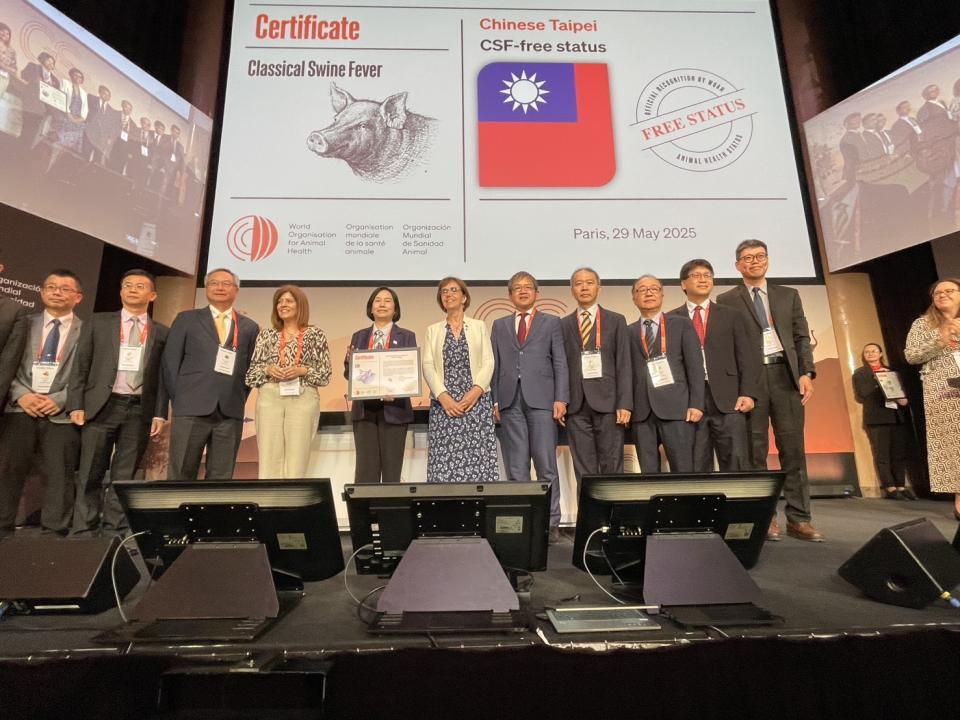Diagnostic tests are absolutely necessary to confirm PRRS. Obviously, the success in obtaining an accurate and representative diagnosis largely depends on the quality and suitability of the samples.

As stated in section “Physical and chemical characteristics of PRRS virus”, this virus is relatively labile; samples should usually therefore be kept under refrigeration conditions (4 ºC) and sent to the laboratory rapidly (best within 24 h).

1 Samples conserved under refrigerated conditions should be shipped to the diagnostic laboratory within 24-48 h. In the lab, serum/tissues should be frozen for long-term maintenance.
2 Samples from mummified and autolysed foetuses can be used, but rarely yield positive results.
3 As PRRS virus is intermittently shed in the semen, more than one sample at different times should be submitted.
4 Pooling (mix of samples) is a common practice used to reduce costs. However, it is not advisable because it reduces the RT-PCR sensitivity. In any case, mix of more than 4-5 samples must be avoided.
© Laboratorios Hipra, S.A. All Rights Reserved.
No part of this website or any of its contents may be reproduced, copied, modified or adapted, without the prior written consent of HIPRA.






